Over time, our skin becomes more fragile and less firm, leading to the appearance of the first wrinkles. These appear mainly on the face, neck and décolleté.
To prevent and reduce wrinkles, we naturally turn to cosmetics. But did you know that a 100% natural anti-wrinkle beauty treatment exists? It's called silk.
How do wrinkles form?
To fight wrinkles effectively, we first need to understand how and why they appear.
1. Internal factors contributing to wrinkle formation
The primary cause of skin ageing is genetic. With age, cells take longer to renew themselves, making the epidermis (skin's outer layer) more fragile.
In addition, hormone production declines with age. Hormones (estrogens for women and testosterones for men) play a key role in skin elasticity and hydration. As a result, the skin becomes less resistant to the signs of time.
2. Oxidative stress causes skin ageing
Let's talk science in simple terms. Oxidative stress occurs when there is an imbalance between free radicals or ROS (Reactive Oxygen Species) and antioxidants.
ROS are unstable oxygen molecules naturally produced by our bodies. Antioxidants prevent or slow down cell oxidation by neutralizing free radicals. To do this, the antioxidant cedes one of its electrons to the ROS in order to stabilize it.
So when too many ROS are present in our bodies, there aren't enough antioxidants to protect our cells. The consequence of this imbalance is a weakened immune system.
Furthermore, the natural production of collagen, elastin and hyaluronic acid, which contribute to skin firmness, diminishes with age, but even more so in the event of oxidative stress. The result is premature and accelerated aging of the skin.
The main causes of oxidative stress are overexposure to the sun, pollution, smoking,lifestyle anddiet.
3. Dry skin more prone to wrinkles
Located on the surface of the epidermis, the hydrolipidic film protects against bacteria and keeps skin supple and hydrated. Over time, this natural shield is weakened, and skin loses elasticity and becomes drier. Dermatologists claim that dehydrated skin is more prone to the appearance of wrinkles, and that these will be all the more pronounced.
The different types of wrinkle
1. Expression wrinkles
Expression wrinkles or dynamic wrinkles are mainly located on the face and neck. They are linked to the repetition of muscular contractions we naturally make when talking, laughing or frowning, for example. After the age of 30, skin becomes less firm and muscles slacken, accelerating the phenomenon.
2. Aging wrinkles
Aging wrinkles, or static wrinkles, appear later in life. They are the result of a natural reduction in collagen and elastin in the skin.
3. Dehydration lines
These are the first to appear, but are not very pronounced. Mainly localized in areas where the skin is thinnest and most fragile, they are due to a lack of skin hydration reinforced by skin slackening.
4. Sleep wrinkles
When we sleep on our stomach or on our side, the weight of our head on the pillow and the rubbing action of the skin create folds on our face. Before the age of 40, these creases eventually disappear over the course of the day, but after that, the marks become more deeply ingrained, creating sleep wrinkles. A tired pillow and a synthetic or cotton pillowcase make it easier for them to appear.
Silk beauty masks to prevent and reduce the signs of ageing
To combat wrinkles, it's important to deeply moisturize and nourish the skin. Thanks to our silk beauty masks, regain plump, radiant skin.
1. Silk contains miraculous proteins for the skin
Sericin is a natural protein found in silk. Its 18 amino acids are very similar to those found in our epidermis. As a result, it promotes collagen production, protects our skin and keeps it hydrated. Widely used in cosmetics for its anti-aging effects, silk protein is also rich in antioxidants.
2. A serum to restore youthfulness
As we saw earlier, hyaluronic acid, naturally produced by our bodies, helps keep skin firm. But as we age, its production diminishes. Our silk beauty masks are impregnated with a serum enriched with hyaluronic acid, designed to boost skin elasticity. The serum also contains antioxidants, our best ally for health and beauty. As a result, your skin is better protected, better moisturized and can more easily fight aging.
Silk pillowcase
In addition to silk proteins, the fiber itself is full of benefits. Our flagship anti-wrinkle product, the silk pillowcase, gently cares for your skin.
1. Silk reduces dehydration
As we saw above, silk is composed of sericin, a substance rich in benefits, which surrounds fibroin. Fibroin is made up of filaments and forms the heart of silk. Fibroin is an insoluble protein. This means it doesn't absorb water from your skin, keeping it hydrated. Hydrated skin is more resistant to fine lines and wrinkles.
2. Silk is gentle on your skin
Silk is a naturally smooth, soft fabric. Our silk pillowcases are woven in a satin weave, making it all the more silky and pleasant to the touch. Silk satin glides over your skin, preventing the appearance of sleep wrinkles.
2. Silk helps your anti-wrinkle treatments work better
Finally, silk absorbs creams and lotions less. As a result, if you apply a night care product, it will be more effective with a silk pillowcase than with a polyester satin or cotton pillowcase. The benefits of your skincare products combined with the natural virtues of silk offer better protection against wrinkles.
Silk, a natural ally against time
Adopt silk as part of your beauty routine and, night after night, take advantage of its natural anti-aging virtues. Moisture, softness and radiance.
Discover our silk beauty essentials





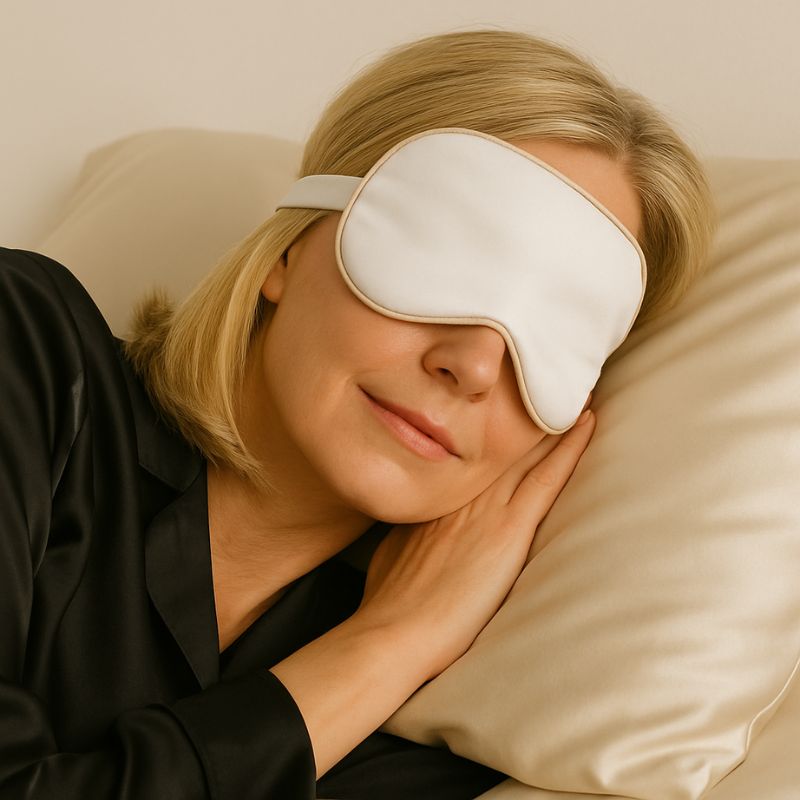
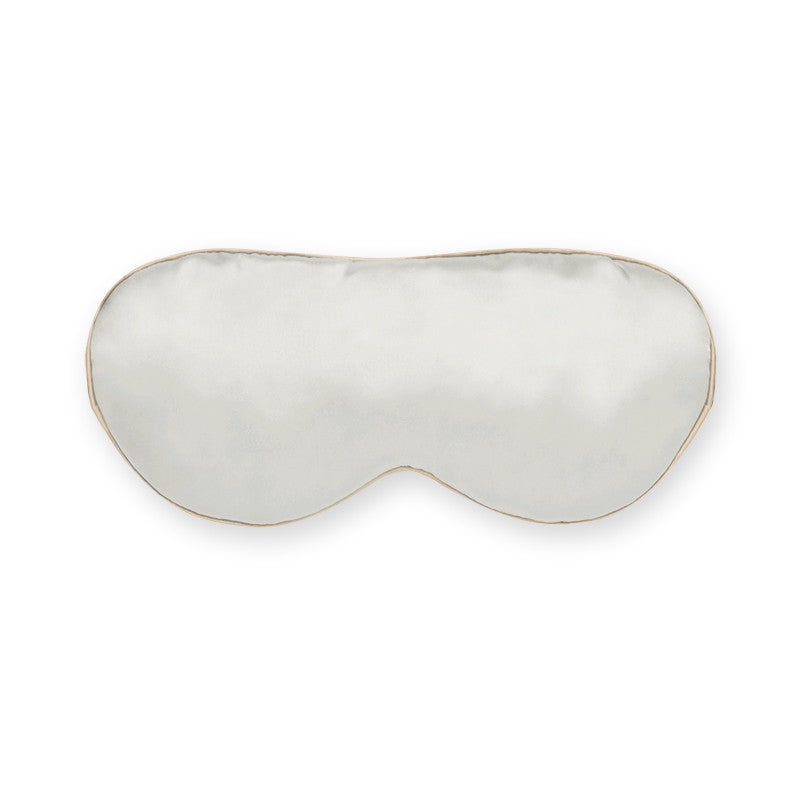
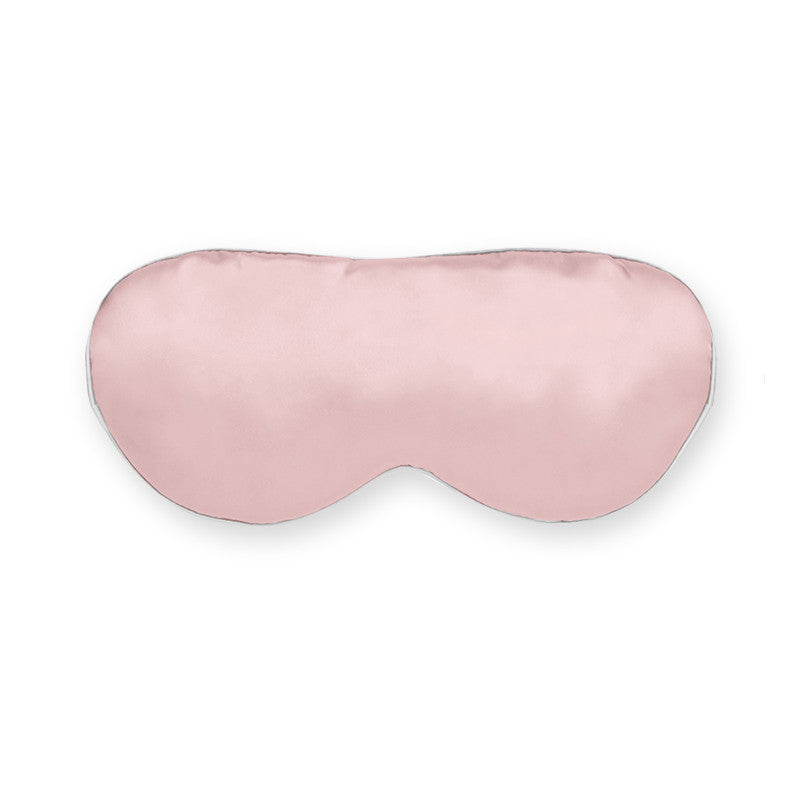
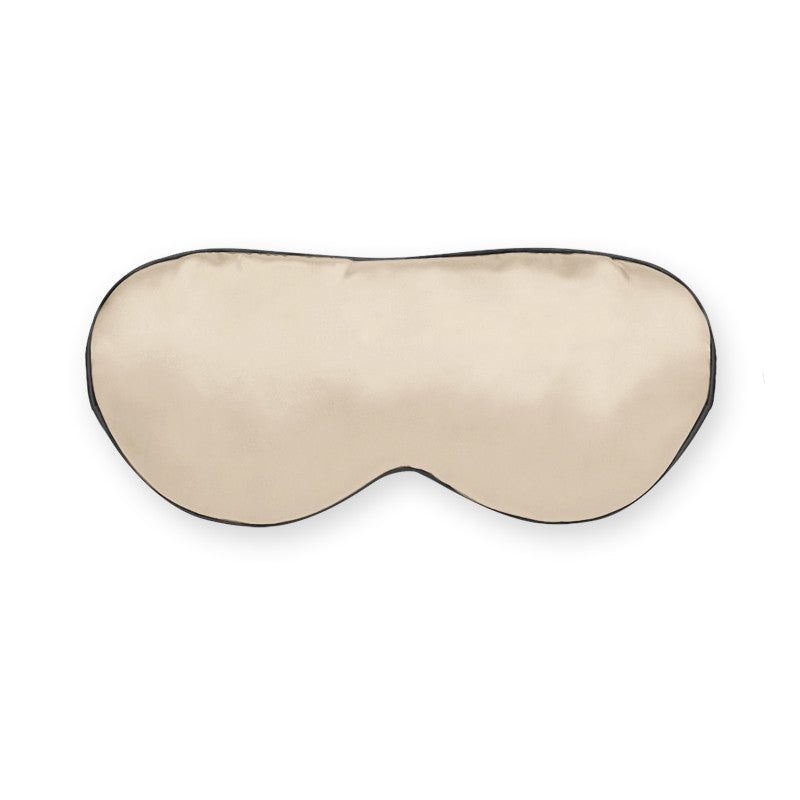
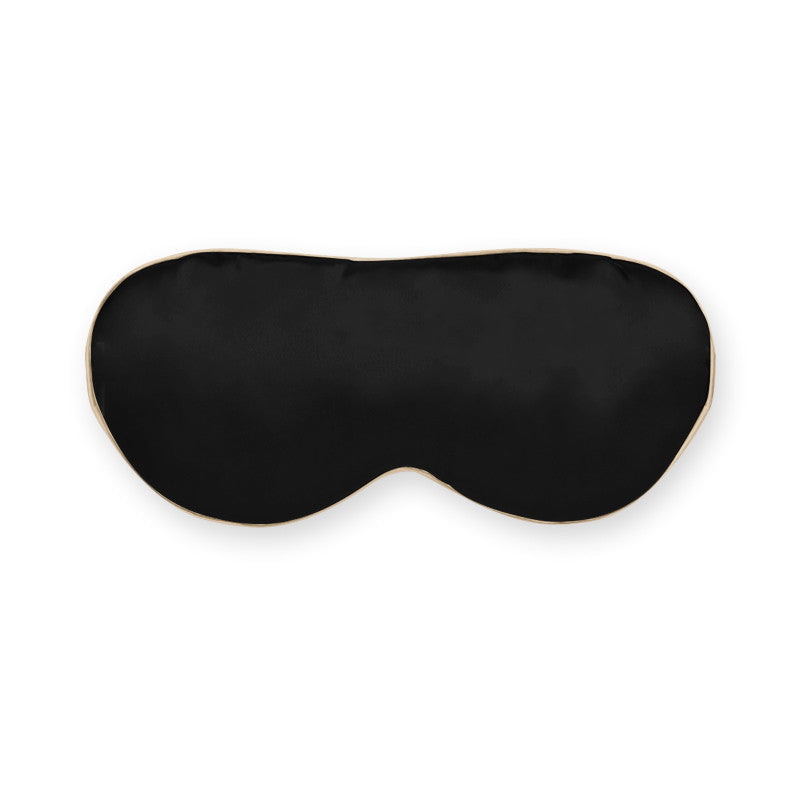
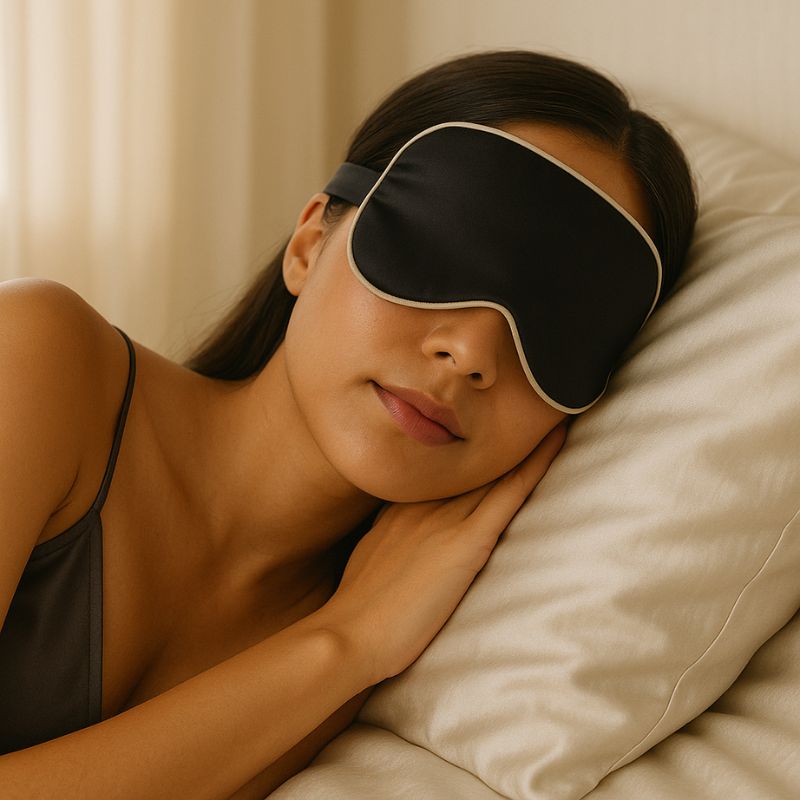
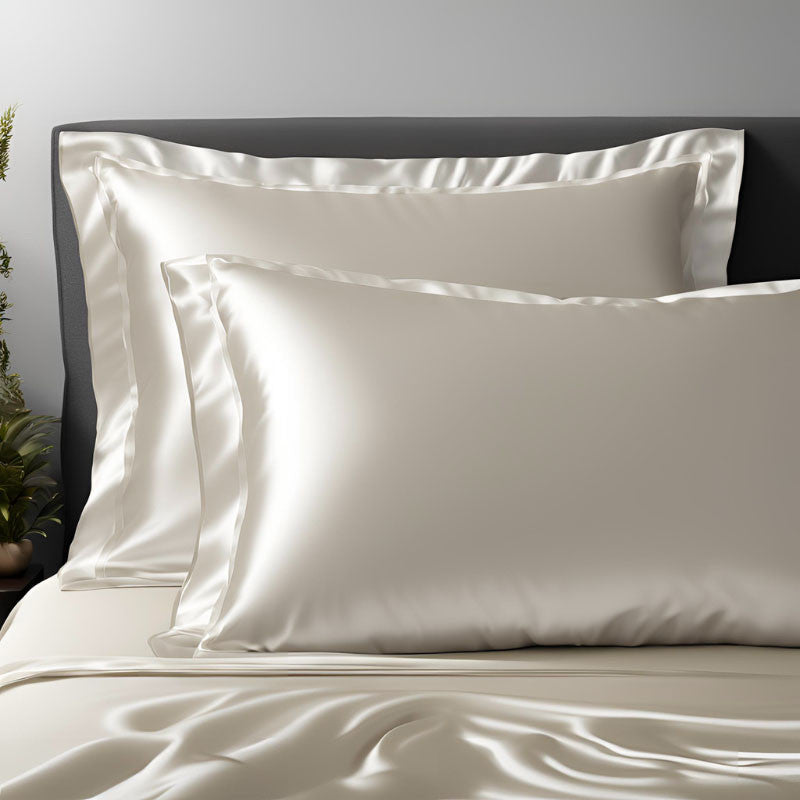
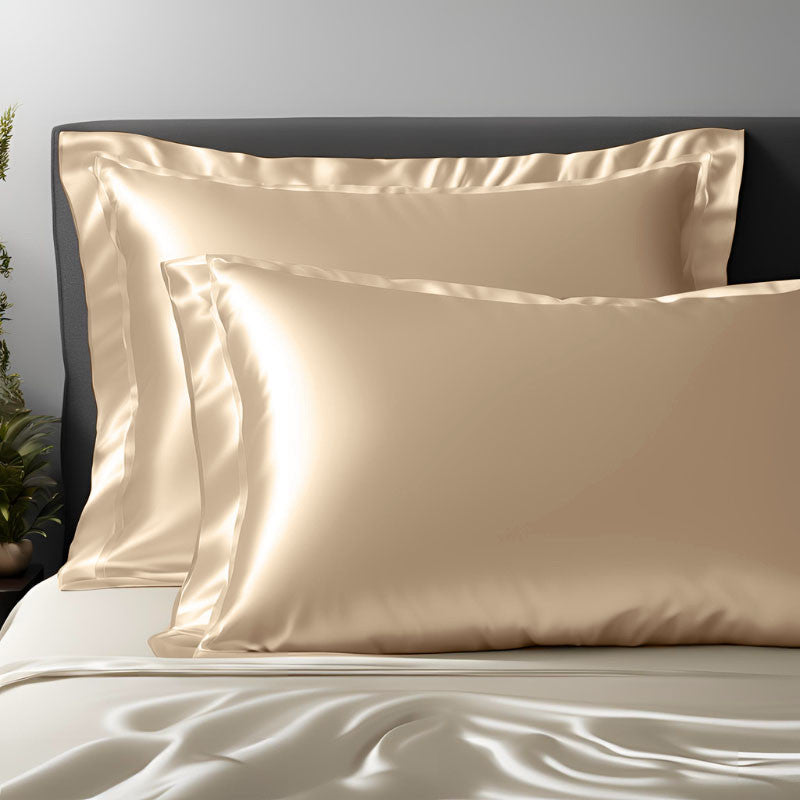
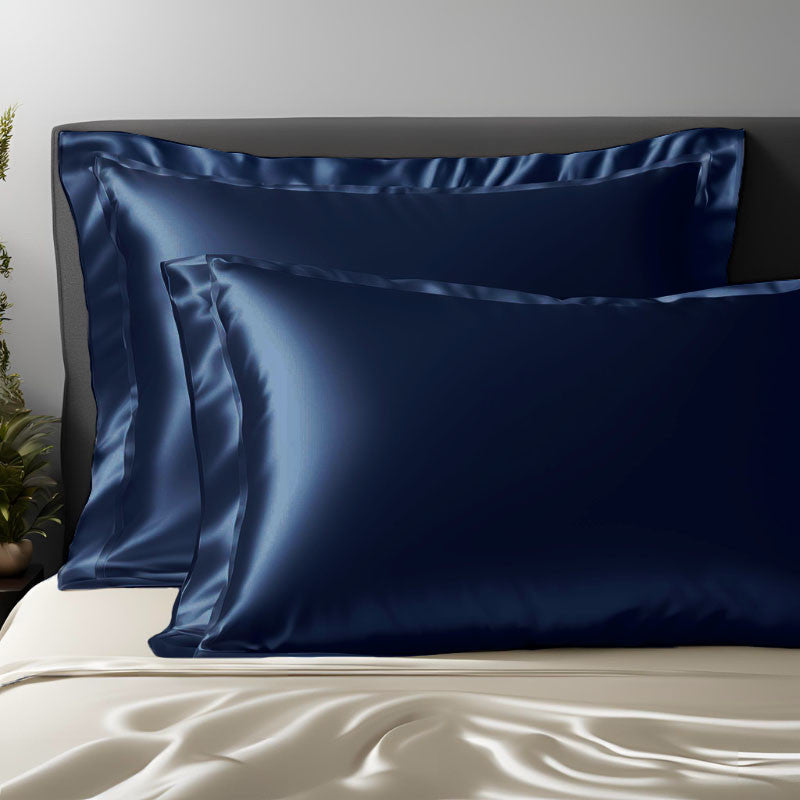
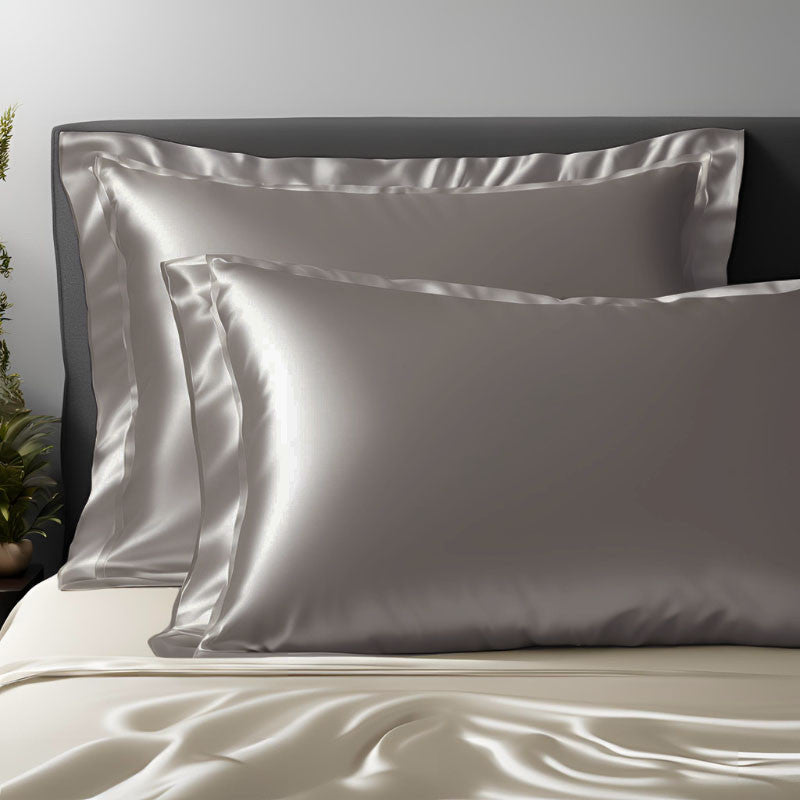
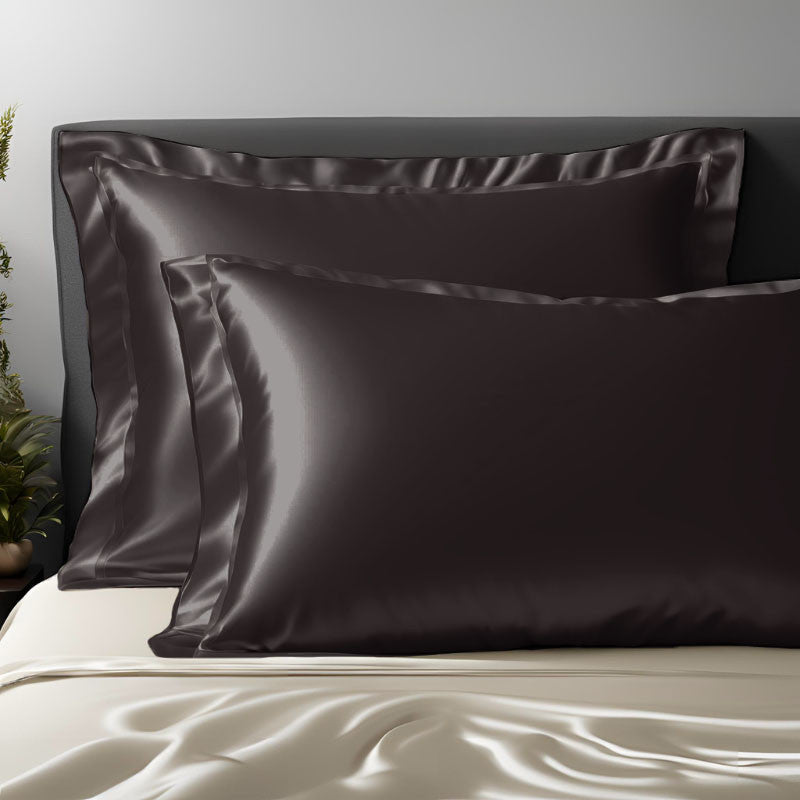
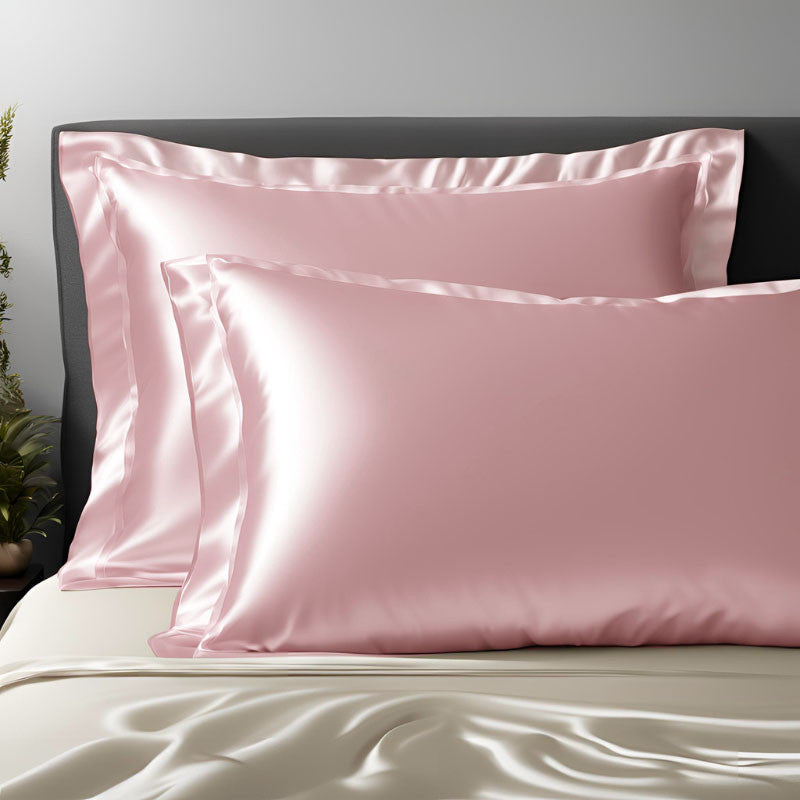
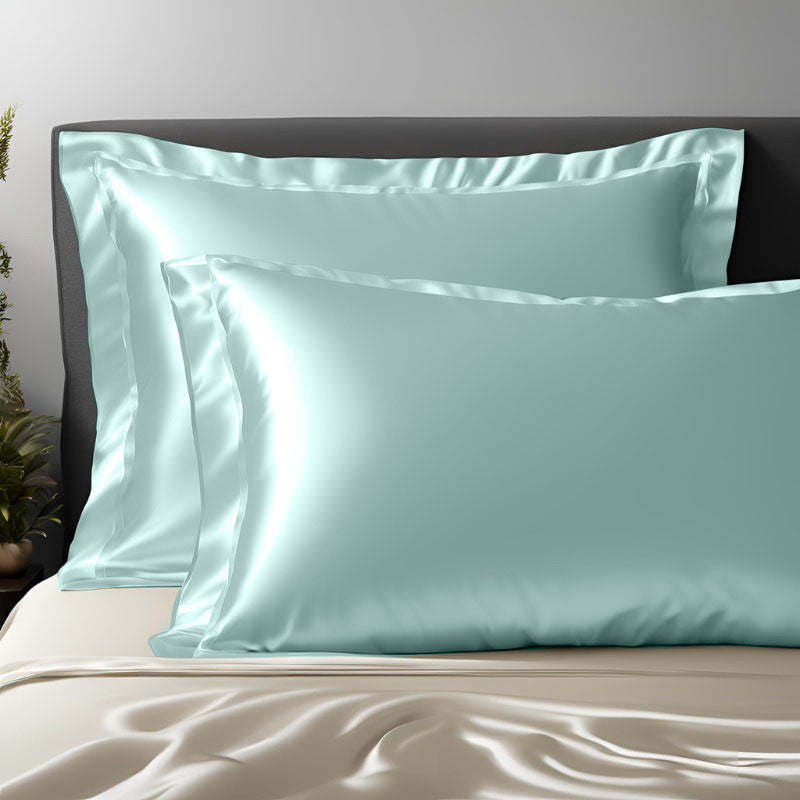
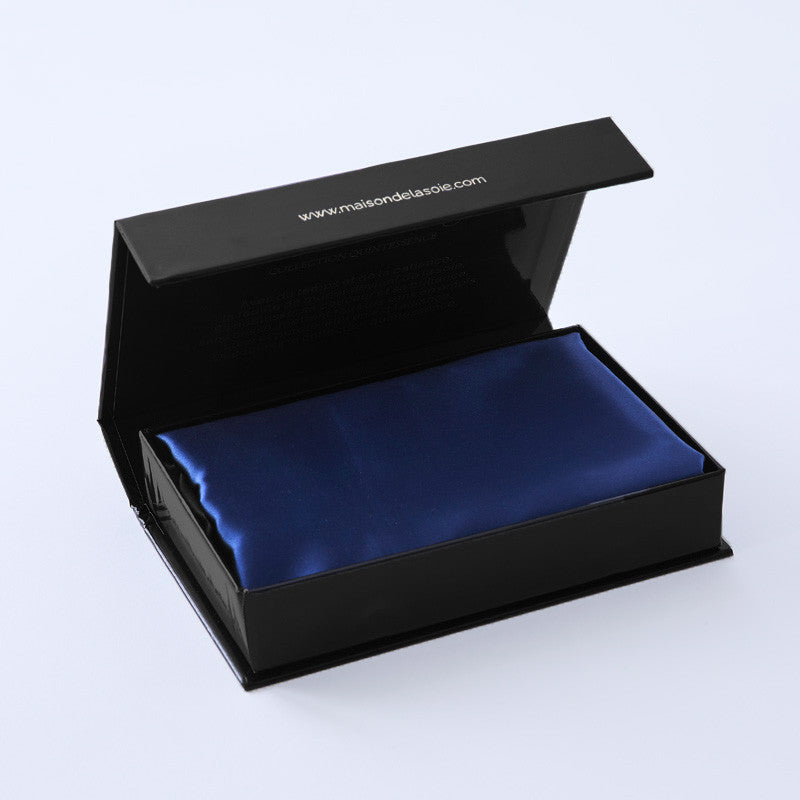
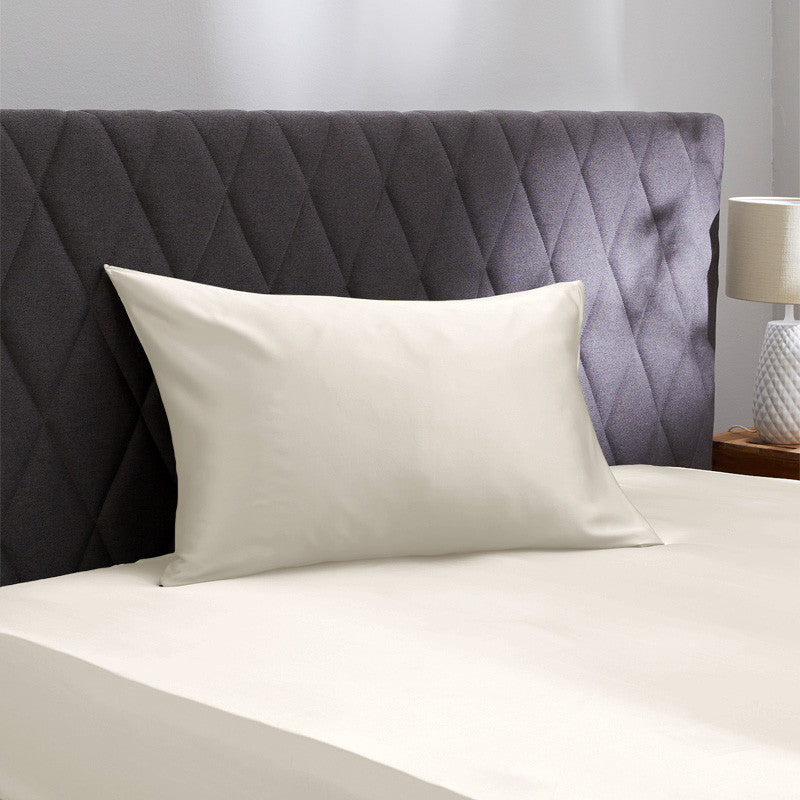
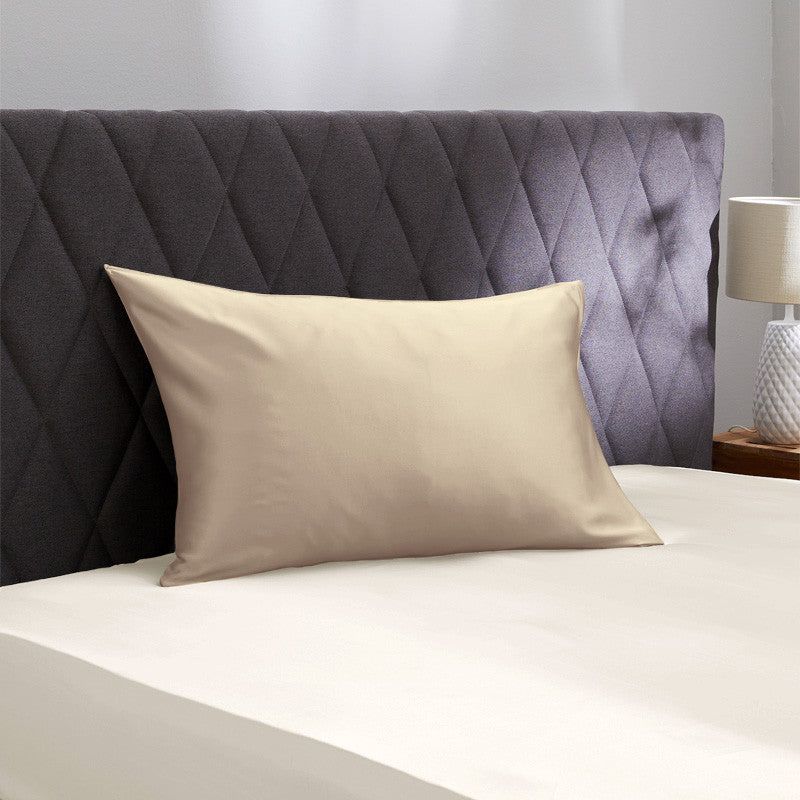
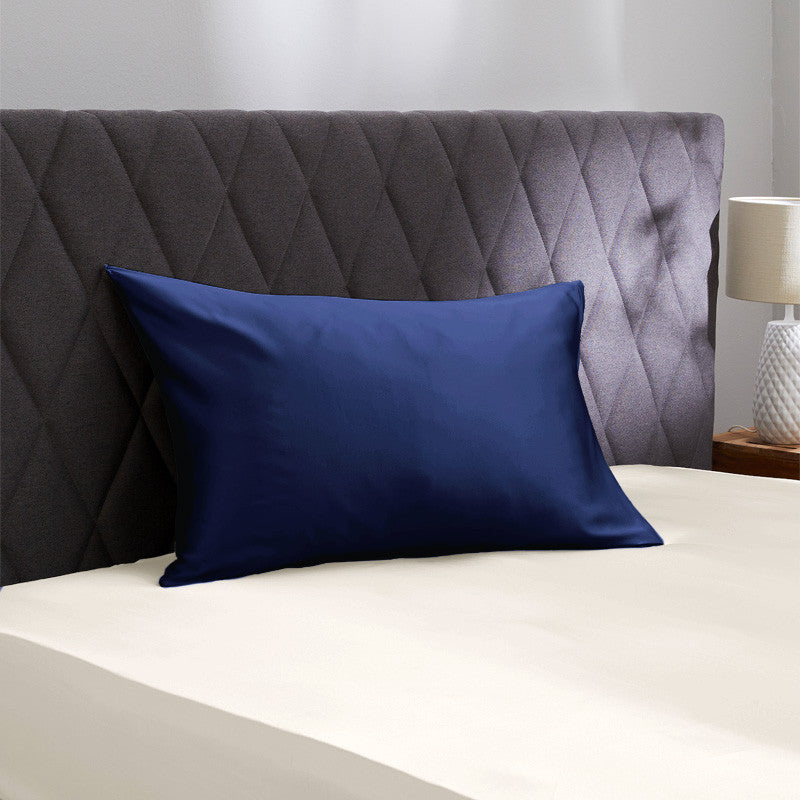
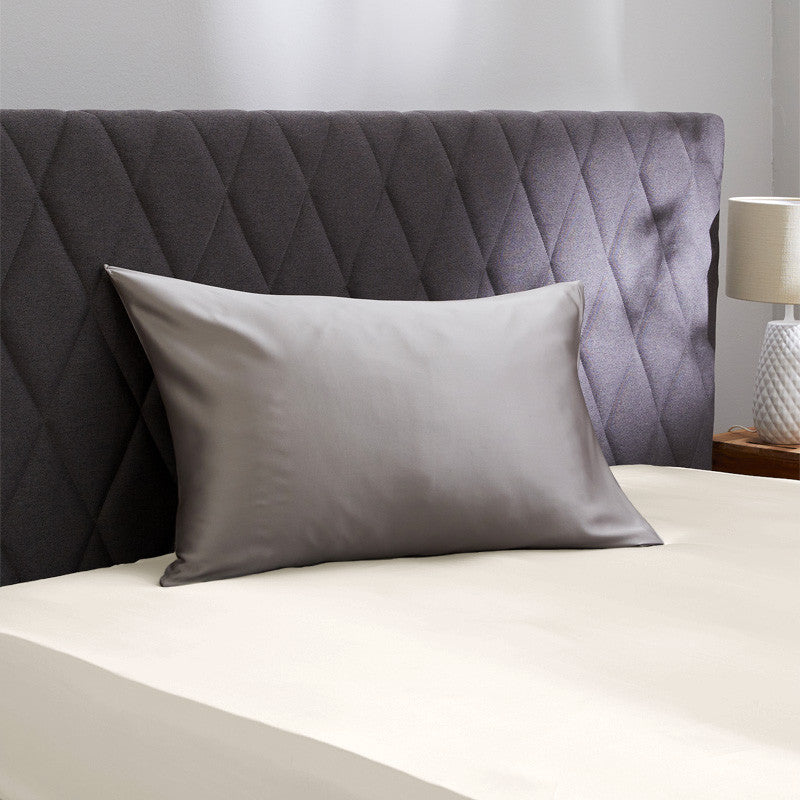
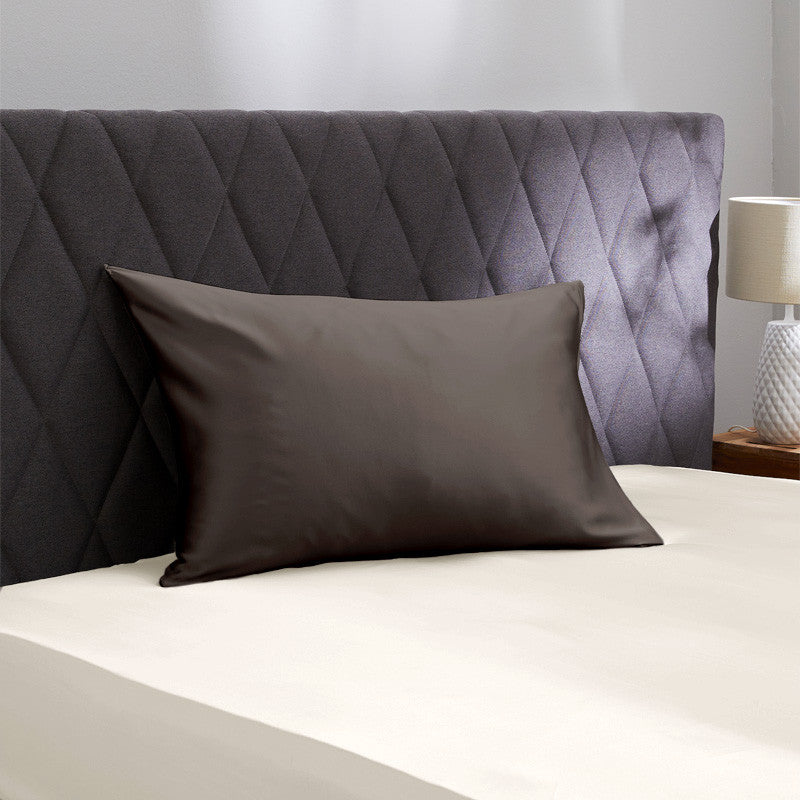
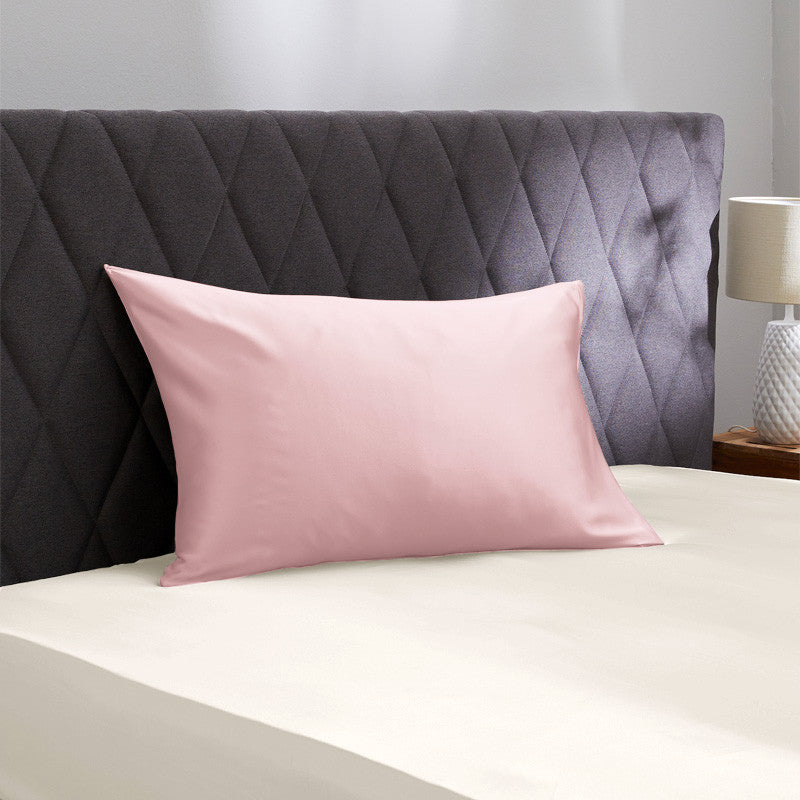
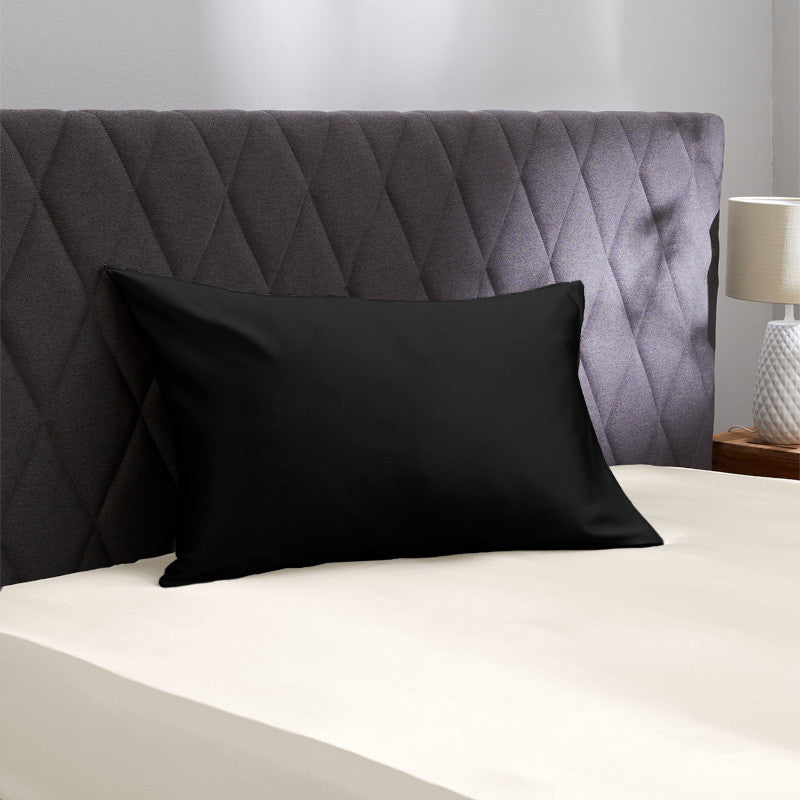
Leave a comment